Warren Grundfest
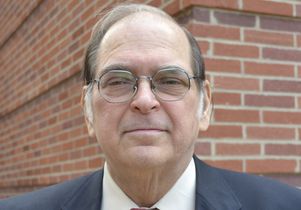
Heavily involved in SPIE conferences as a chair, committee member, and presenter since the early 90s, Grundfest was active in the earliest iterations of SPIE BiOS and, along with SPIE Fellow Abraham Katzir, was that symposium’s founding chair. Grundfest was appointed an SPIE Fellow in 1996. “The death of Warren Grundfest is a great loss to the biomedical optics community,” said Katzir, a professor of physics at Tel Aviv University. “Warren assisted me in establishing the SPIE conferences on optics in biology and medicine more than 30 years ago. Using his wide network of researcher and physicians, he paved the road to vibrant conferences. The current success of the SPIE BiOS meetings is largely due to his vision.” Grundfest was a surgeon as well as a pioneer in minimally invasive surgery, using X-ray, ultrasound, optical, and magnetic resonance imaging techniques. With his team at UCLA, his most recent work was investigating opportunities to further reduce invasiveness of cardiovascular, ophthalmologic, orthopedic, urological, and neurosurgical surgeries by utilizing terahertz imaging, laser-based destruction of bacteria, MRI-Ultrasound image fusion combined with targeted laser ablation, and advanced optical diagnostics. As well as being a founding chair of SPIE BiOS, Grundfest served as chair from 1998 through 2003, and was a member of the symposium’s planning committee in 2004. In addition, he had been a chair of the Advanced Biomedical and Clinical Diagnostic and Surgical Guidance Systems (ABCDSGS) conference – part of BiOS – since 1998. He published nine papers in SPIE’s Journal of Biomedical Optics, and authored over 100 papers in SPIE Conference Proceedings. “Warren was passionate about translating light-based technologies to clinical practice,” said Anita Mahadevan-Jansen who, alongside Grundfest and Tuan Vo-Dinh co-chaired the Advanced Biomedical and Clinical Diagnostic and Surgical Guidance Systems conference. “He believed in biophotonics and what it could do for the practice of medicine and surgery, and served our community in every aspect possible. Despite his deteriorating health, if he could physically make it, he attended Photonics West each year and chaired sessions. More importantly, he sought to engage the speakers, encouraging them to think about the clinical aspects of their research. He routinely served as a grant reviewer and was that rare panel chair who read every proposal under review. For me personally, Warren was an inspiration and a mentor, helping me navigate through the tricky pathways of commercial and clinical translation. He provided insight into how industry, as well as how clinicians, think; his advice has been critical to the success of my own research.” Grundfest received his BA from Swarthmore College in 1974, and his MD from Columbia University in 1980. He completed his General Surgery Residency at UCLA, 1980-82, and was Cedar-Sinai Medical Center’s General Surgery Chief Resident from 1982-85. A Fellow of the American College of Surgeons, American Institute of Medical and Biological engineering, the American Society for Laser Medicine and Surgery, and International Society for Endovascular Surgery, in 2012, Grundfest was appointed to the FDA Science Advisory Board. There, he served on the Subcommittee for the Center for Devices & Radiological Health, which provides scientific advice to the FDA director, and reviews regulatory science issues as well as programs of the FDA. As part of BiOS at Photonics West, Grundfest initiated and led special FDA-focused sessions during which SPIE hosted a panel of FDA staffers sharing their advice and knowledge with conference attendees. In 2014, he was selected by the American Institute for Medical and Biological Engineering (AIMBE) as the recipient of the institute’s highest honor, the Pierre Galletti Award, in recognition of Grundfest’s “seminal contributions as a surgeon, inventor, and educator. Through activities with AIMBE, TATRC [the US Army’s Telemedicine and Advanced Technology Research Center], NIH, FDA, SPIE, IEEE, OSA, and other medical societies, he has promoted the critical role of medical and biological engineering in healthcare advances.”
Ferenc A. Jolesz
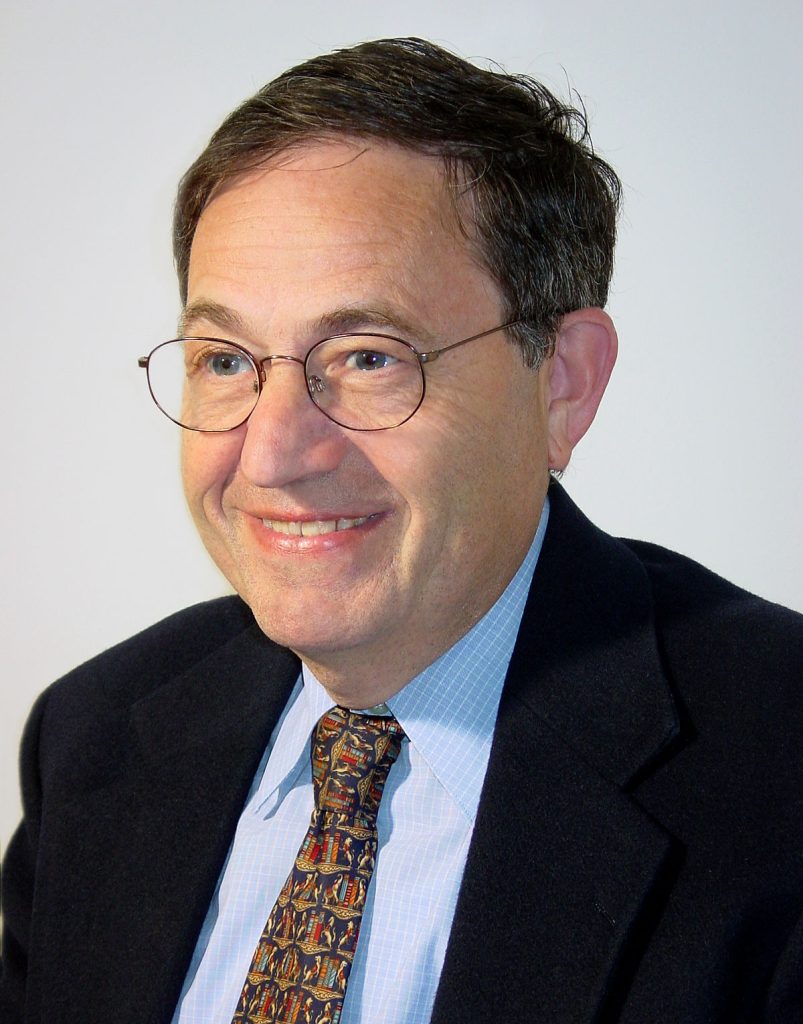
Jolesz became director of the Division of Magnetic Resonance Imaging at The Brigham and Women’s Hospital in 1988, and in 1989, associate professor of radiology at Harvard Medical School. In 1993, he established the Image-Guided Therapy Program at The Brigham and Women’s Hospital to advance the use of imaging for enhancing minimally invasive surgical procedures and other means of therapy delivery. The program includes the Surgical Planning Laboratory, the Focused Ultrasound Surgery Laboratory, and intraoperative imaging suites. In 1998, Jolesz was appointed the first incumbent B. Leonard Holman Chair in Radiology at Harvard Medical School, and in 2000, was appointed Vice Chair for Research for the Department of Radiology at The Brigham and Women’s Hospital. In 2001, he was named director of the Advanced Imaging Center of Harvard Medical School’s NeuroDiscovery Center. The broad focus of Jolesz’s research was the integration of imaging technologies into a variety of medical disciplines beyond the traditional role of Radiology. He drew from the areas of basic and clinical neuroscience, imaging physics, MRI, three-dimensional medical visualization, robotics, computer vision, and therapy delivery technologies to pioneer a wide variety of clinical techniques in image-guided therapy. He cultivated basic research in each of these areas and integrated the results with the goal of augmenting the physician’s ability to deliver treatment to his or her patient. Where they did not previously exist, Jolesz spearheaded the development and implementation of highly novel approaches to image processing and analysis, visualization, and navigation techniques for improving the diagnosis and treatment of neurologic and oncologic diseases. He then combined the most promising results into research clinical systems where new procedures could be developed, evaluated and refined. Jolesz initiated and led an academic industrial partnership of clinical and technical colleagues in designing and developing the first magnetic resonance image-guided unit for image-guided brain tumor resection that was installed at The Brigham and Women’s Hospital in 1993. The team, consisting of members of the departments of Radiology and Otorhinolaryngology and the neurosurgical service at BWH and industrial collaborators from General Electric Medical Systems, developed and built an entire operating suite built around a specially-designed 0.5 Tesla MRI scanner that allowed ongoing patient scans to be obtained during a surgical procedure. Information from the scans, including imaging data registered with three-dimensional models created from pre-operative imaging, was available to the surgical team to help guide the procedure.[4] The system became known as MRT (for Magnetic Resonance Therapy) at BWH and commercialized by GE Medical Systems as the GE Signa SP.
Kasif Nevzat Tarhan
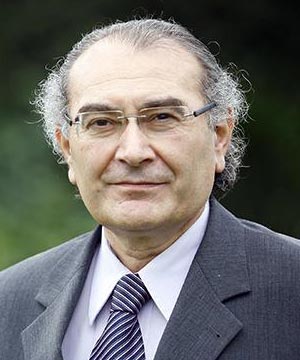
Nevzat Tarhan was born in Merzifon/Turkey in 1952. He finished Kuleli Military High School in 1969 and graduated from Cerrahpaşa Medical School Ístanbul University in 1975. Following his internship at GATA (Gülhane Military Medical Academy) he worked in Cyprus and Bursa garrisons at different military medical institutions. In 1982 he became a specialist psychiatrist at GATA. After his clinical services as a specialist at Erzincan and Çorlu Hospitals, he became an assistant professor(1988), an associate professor (1990) at GATA Haydarpaşa. He was promoted to colonel in 1993 and became a professor in 1996. Between 1996 – 1999 he worked at Yüzüncü Yıl University as faculty member and as an expert at Forensic Institution. He got retired on his own will. He took the representation of “Memory Center of America” in Turkey in 1998. Professor Tarhan has been the Chairman of the Board of NPÍSTANBUL, the first neuropsychiatry hospital of Turkey and also the founding Director of Üsküdar University. Professor Tarhan has more than a hundred publications 31 of which are international. He has also more then 25 published books. He has many distinguished awards and recognitions including: Currently, he is the President of Üsküdar University as well as a member of the Board of Society for Brain Mapping and Therapeutics (SBMT), which is headquartered in California, the United States America. He was part of the SBMT-International delegates who presented the Honorable US Congresswoman Maxine Waters with 2015 Pioneer in Healthcare Policy Award for her role in pioneering legislations, which culminated to advance diagnostics and therapeutics for Alzheimer’s Disease patients. Professor Tarhan is the President of SBMT-Turkey Chapter. He is Co-chairman of the second Annual (2015) G20+ World Brain Mapping and Therapeutic Initiative Summit in Turkey. He is chairman of the Turkish-SBMT Brain Mapping Initiative as part of the SBMT-G20+ World Brain Mapping and Therapeutics Initiative (G20+ WBMTI). Professor Tarhan speaks and write fluent English and has two children. He loves poetry and extremly well disciplined and respected amongst his colleagues in the field.
Namath Hussain
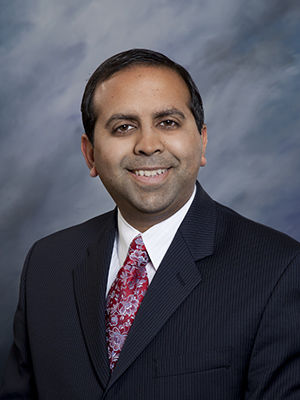
Dr. Namath S. Hussain, MD, MBA is a board certified neurosurgeon who treats all surgical diseases of the brain and spine. However, he has a specific interest in both minimally invasive spinal techniques for adult degenerative spinal disease, spinal tumors, trauma, spinal column deformity, and disorders affecting the craniovertebral junction. Dr. Hussain obtained his undergraduate degree in biomedical engineering graduating with distinction from the University of Southern California. He also obtained his medical degree from the Johns Hopkins School of Medicine graduating with merit and ranking first in his class. He then completed his training in Neurological surgery at Penn State University Health. Subsequently, he completed an adult deformity fellowship at the department of neurosurgery and orthopedics at Swedish Medical Center and minimally invasive spine fellowships at Penn State University Health and William Beaumont Hospital. He has over 200 peer-reviewed papers and book chapters and has published in high profile journals including: Journal of Neurooncology, Neurosurgery, Journal of Alzheimers Disease, Pathophysiology, British Medical Journal, Journal of Neurosurgery, and Spine. He has special interests in minimally invasive spine surgery, spinal trauma, disorders affecting the craniovertebral junction, spine biomechanics, and gait analysis.
Reinhard Schulte
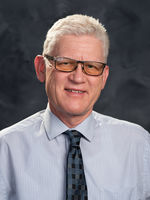
Dr. Reinhard Schulte has more than 18 years of experience in proton radiation therapy and proton radiosurgery. He has a doctorate in medicine (summa cum laude) and a diploma in physics from German Universities. He is licensed as a physician both in Germany and the United States, and is a board-certified radiologist in Germany. He is also board-certified in radiation oncology by the American Board of Radiology in radiation oncology in the U.S. He helped developing the proton radiosurgery program at the Loma Linda University Proton Treatment Center in 1993, which has been treating patients since then and is constantly modernized. Dr. Schulte has been involved in proton-therapy related research since 1996. He started a scientific initiative to develop proton computed tomography (pCT) at Loma Linda University in 2003 and has found interested collaborators in the U.S. and worldwide to support this research. His research is currently supported by a 4-year R01 grant from the National Institute of Health. At the James M. Slater Proton Treatment and Research Center, Dr. Schulte is responsible for translational research activities related to proton therapy and proton physics and radiobiology. In recent years, his research has focused on the development of new techniques and indications for proton radiosurgery, including functional CNS disorders and cardiac arrhythmia.
Denise B. Kandel
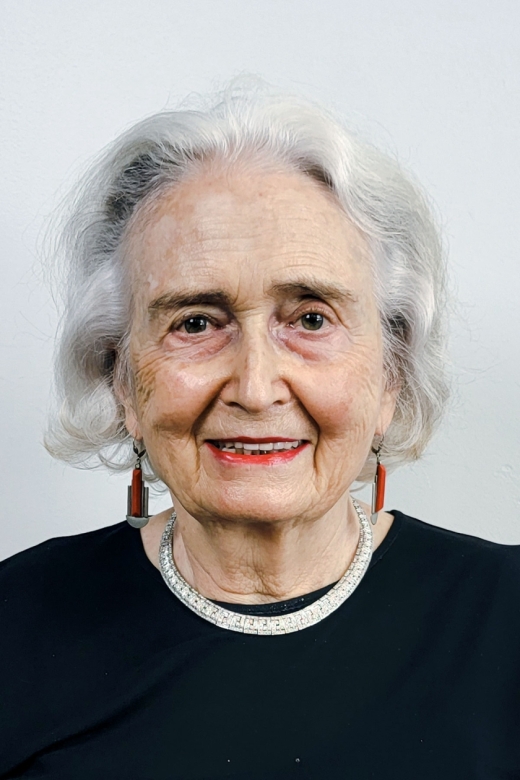
Denise Kandel, PhD., Head of the Department of Epidemiology of Substance Abuse at the New York State Psychiatric Institute, Professor of Sociomedical Sciences and Psychiatry at Columbia University. Major interests: the epidemiology, risk factors, and consequences of drug use, in particular smoking and prescription opioid use; the epidemiology of substance dependence; developmental pathways of problem behaviors in adolescence; the intergenerational transmission of deviance; animal models of epidemiological paradigms. Current research activities focus on five areas: 1) the epidemiology of prescription opioid use and mortality; 2) the Gateway Hypothesis of drug involvement; 3) the intergenerational effects of parental drug use on child drug behavior and development; 4) epidemiology of post-traumatic stress disorder; 5) animal models of the Gateway Hypothesis. Research The epidemiology, risk factors, and consequences of drug use, in particular smoking and prescription opioid use; the epidemiology of substance dependence; developmental pathways of problem behaviors in adolescence; the intergenerational transmission of deviance; animal models of epidemiological paradigms. Current research activities focus on five areas: 1) the epidemiology of prescription opioid use and mortality; 2) the Gateway Hypothesis of drug involvement; 3) the intergenerational effects of parental drug use on child drug behavior and development; 4) epidemiology of post-traumatic stress disorder; 5) animal models of the Gateway Hypothesis. Selected Publications For a complete list of publications, please visit PubMed.gov(link is external and opens in a new window)
Christina Sadowsky

Dr. Sadowsky, Associate Professor in Physical Medicine and Rehabilitation at Johns Hopkins School of Medicine, is Clinical Director of the International Center for Spinal Cord Injury at Kennedy Krieger Institute in Baltimore. The spinal cord injury center cares for both children and adults with spinal cord related paralysis and is built on the philosophy that functional restoration is activity dependent and can be best achieved through structured medico-rehabilitative interventions. She is board certified in Physical Medicine and Rehabilitation and Spinal Cord Injury Medicine. Dr. Sadowsky serves as the chair of the Secondary Conditions in Spinal Cord Injuries subcommittee and is an active member of the Primary Care subcommittee at ASIA, is on the planning committee of the annual conference and served as co-chair of the Pediatric Rehabilitation Networking Group at ACRM. She is a Fellow of the AAPMR and a Diplomate of the AAP. She thoroughly enjoys mentoring individuals passionate for the care of individuals with disabilities. Dr. Sadowsky is licensed for telehealth in Virginia and Florida. Research Dr. Sadowsky’s research interests center on prevention of complications in children and adults with paralysis related to traumatic and non-traumatic spinal cord dysfunction and the efficacy of activity based restorative therapies (ABRT) in helping individuals with long-term paralysis recover sensation, movement and independence. She has published in highly regarded specialty related peer reviewed journals, written chapters in seminal specialty books, has organized numerous courses and seminars, sits on several editorial and grant reviewing boards and has been invited to lecture in different universities, and at national and international meetings.
Abilash Haridas
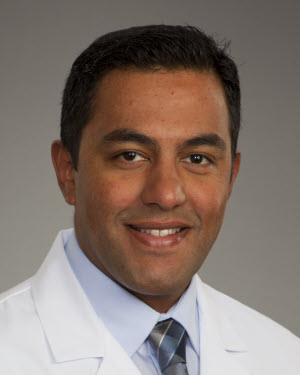
Abilash Haridas is a Neurosurgery expert in Los Angeles, California. Haridas has been practicing medicine for over 23 years and is rated as an Experienced expert by MediFind in treating Spinal tumors. According to our data, he is also highly rated in 2 other conditions. His top areas of expertise are Stroke, Moyamoya Disease, Tieche-Jadassohn Nevus, Cerebral Artery Bypass Surgery, and Extracranial-Intracranial Bypass Surgery. Haridas is currently accepting new patients. His clinical research consists of co-authoring 17 peer-reviewed articles in the past 15 years. In particular, he has co-authored 1 article in the study of Spinal Tumor. He is the Founder and CEO of Astra Neurosurgical Institute, Los Angeles, specializing in Adult and Pediatric Neurosurgery.
George Perry, PhD
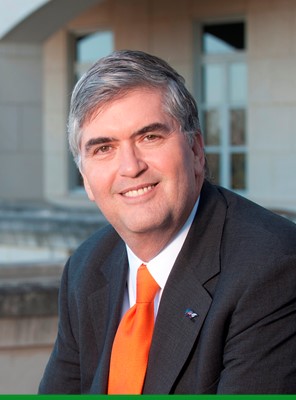
Professor of biology and chemistry at the University of Texas at San Antonio and the former dean of the College of Sciences. Editor-in-Chief of the Journal in Alzheimer’s Disease Co-Chair of SBMT Alzheimer’s Subcommittee. Research Interests Dr. Perry’s studies are focused on the mechanism of formation and physiological consequences of the cytopathology of Alzheimer disease. The lab has shown that oxidative damage is the initial cytopathology in Alzheimer disease. They are working to determine the sequence of events leading to neuronal oxidative damage and the source of the increased oxygen radicals. Current studies focus on the:
Robert W. Thatcher
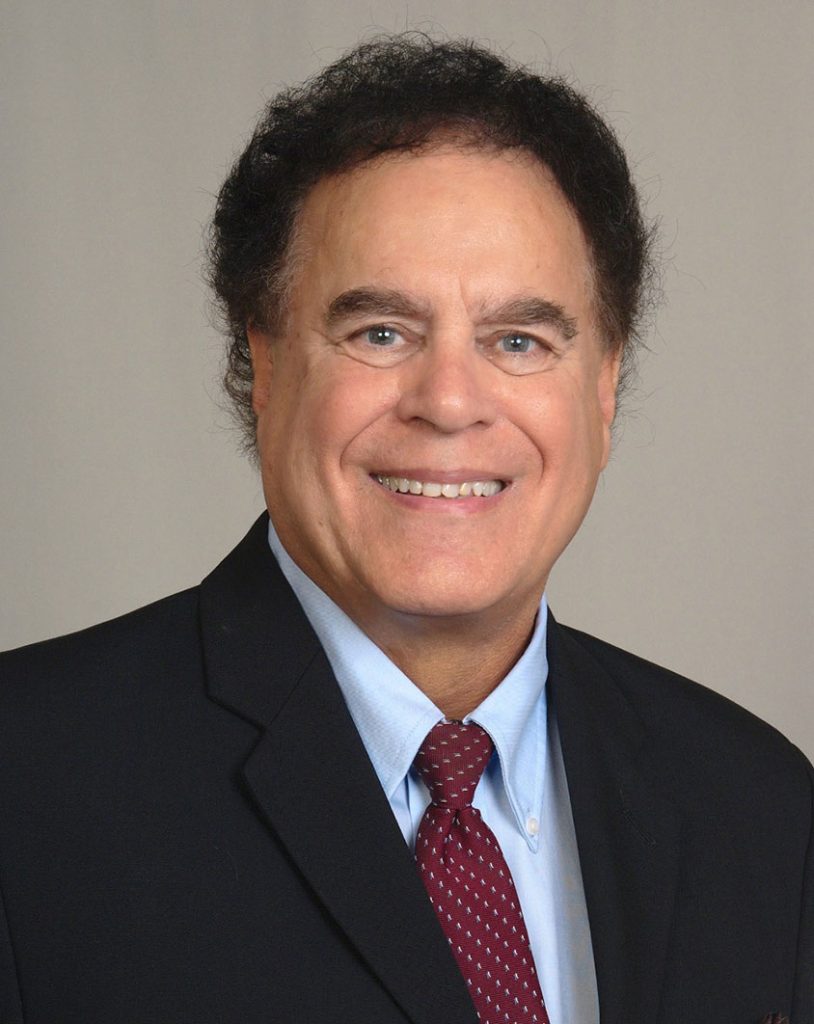
Robert W. Thatcher, Ph.D. received a bachelor’s degree in chemistry from the University of Oregon and a Ph.D. degree in Psychology/Biopsychology from the University of Waterloo before completing postdoctoral fellowships in Neurobiology and Neurophysiology at Albert Einstein College of Medicine and New York Medical College. In 1973 Dr. Thatcher was appointed as Assistant Professor of Psychiatry at New York Medical College and in 1977 as an Associate Professor of Psychiatry at New York University School of Medicine. In 1979 Dr. Thatcher was appointed as a professor of Psychiatry and Director of the QEEG service at Shock Trauma, University of Maryland before joining the National Institutes of Health in 1991 as the Program Manager for the integration of 128 channel EEG with MRI, PET and SPECT. Dr. Thatcher was the director of the NeuroImaging Laboratory at the Bay Pines VA Medical Center, Bay Pines, FL from 1993 to May 2006. As the principal investigator for the Department of Defense Head Injury Program (DVHIP) Dr. Thatcher over saw the collection and analysis of quantitative EEG from over 1,500 head injured patients which also involved the integration of EEG with MRI. Dr. Thatcher’s professional affiliations include being a board member of the American Board of Electroencephalography and Clinical Neurophysiology, a National Institute of Health Scientific advisory board member for the Human Brain Project, an executive board member of the EEG and Clinical Neuroscience Society and was a board member of the International Society for Neurofeedback. He is involved in collaborative research with several major medical centers as well as ongoing clinical applications of qEEG and EEG biofeedback as part of the Resilience Program of the US Army at Fort Campbell. He is currently on the Board of Directors for the Society for Human Brain Mapping and Therapeutics (SBMT) and is the chair for the MEG/EEG track of the SBMT). He has been the recipient of the Hans Berger Award of Merit (AAPB Neurofeedback Division) and the Life Time Achievement Award for work in the scientific specialty of QEEG (ISNR) and The Pioneer in Medicine award by the Society for Human Brain Mapping and Therapeutics (2020). He is currently the Founder and CEO of Applied Neuroscience, Inc. and the Director of Applied Neuroscience Research Institute, St. Petersburg, Florida. Dr. Thatcher is certified as an expert in both conventional electroencephalography and quantitative electroencephalography (QEEG), has read over 20,000 EEGs, and has written or supervised the writing of over 10,000 clinical EEG cases. He has extensive mathematical and programming experience as well as organizational leadership skills. He is the author of over 200 publications, including eight books. His most recent books are Thatcher, R.W. and Lubar, J.F. (Editors (2014) “Z Score Neurofeedback: Clinical Applications” and the “Handbook of Quantitative Electroencephalography and EEG Biofeedback, 2nd Edition.
